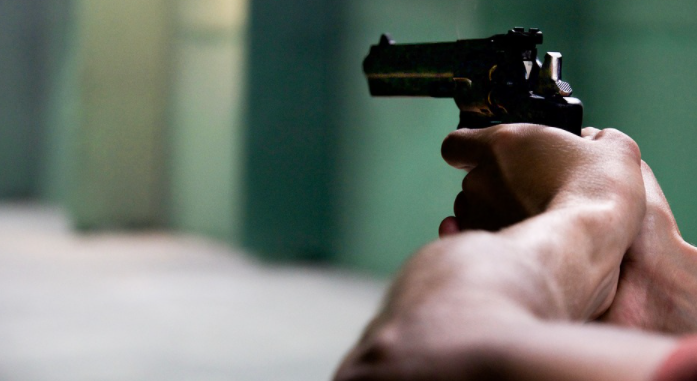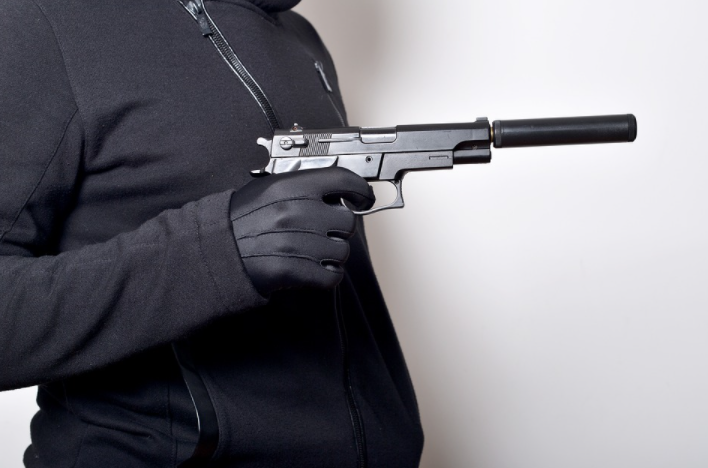How to Prepare for a Successful Handgun Hunting Game
In areas where it is possible, and in environments where it makes sense, many shooters have turned to handgun combat for medium and small games. So, if you want to join these shooters in a handgun combat game, you should have your handgun. But, if you are a first time gun buyer, you should learn some tips. If you have already had your handgun, you can try to prepare for a successful handgun hunting game. Here are some fun tips to prepare yourself for a successful handgun hunting game.

For many hunters, the handgun is not a substitute for the rifle, but it also presents a selection challenge for those who feel confident. The first challenge is to develop sufficient skill and proficiency with a handgun to select it as an alternative. The shooter must master the principles of pistol shooting under difficult and often challenging conditions.
Focus on the Best Accuracy
Specific equipment is not a requirement, but accuracy is a sine qua non. Whether it’s a revolver, autoloader, or single shot, if the gun can hit the palm of your hand, then it can be used in the region. When I hunted small game with a handgun more than 45 years ago, I used an S&W K-22 revolver with a 6-inch barrel.
The area’s needs may vary, and accuracy is difficult when the sap rises and the heartbeats after a steady increase. Practicing in the region will indicate a baseline, level of performance under a reduced load, and optimal requirements; however, it is the right time to take it to the region and train more reasonably.
Set Your Maximum Effective Distance
Starting with a relatively close selection, in target practice, determine what you consider an “easy shot” and expand the target distance until you discover the distance at which you can’t always hit those targets. If it’s 20-25-50 yards, then take that limit. With practice, the right equipment, and accessories (a scope or spotting scope), you can extend that distance to 50-75-100 yards. As I’ve gotten older, I have to admit that my light has dimmed considerably, and I’m no longer able to do the visual gymnastics that gave me the accuracy I loved when I was younger, so these days I rely a lot on scopes and dispersion sights.
Practice a Lot
When choosing a gun for hunting, the choice needs to be accurate. More specifically, it needs to be accurate while you are using it. Your practice sessions should include shots that challenge you and define your limits. Shooters appreciate the prone position as a relatively strong position, but I must admit that I rarely have the opportunity to use the prone position because the layout or terrain rarely favors it, so I use the sitting, kneeling or standing position and practice each.
Try to Duplicate the Conditions of the Gamefield
Do your best to replicate the requirements you are likely to encounter. If you have convenient access to your favorite hunting area, study it from a different perspective: at what distance are shots likely to be fired? What areas or terrain features can you use to your advantage? Or trees that provide you with ample cover and hiding places. You’ll need to practice to cover the diameter of that 75-yard clearing. However, if you have difficulty positioning yourself correctly outside of 50 yards, you should practice self-discipline and only shoot the sport within your demonstrated ability. This is an excellent incentive to practice. I leave the “Good Shots” to the “Good Shooters” and limit myself to the shots I can make with confidence.






